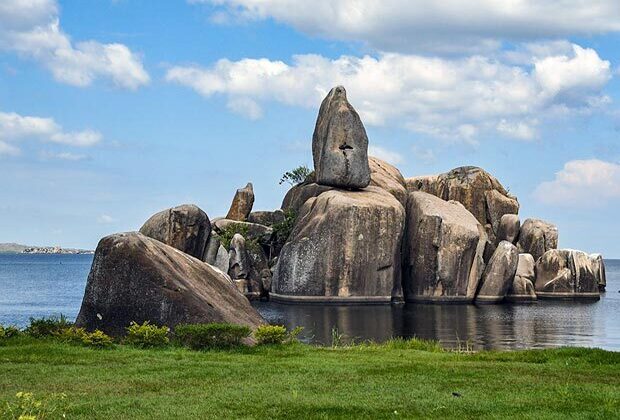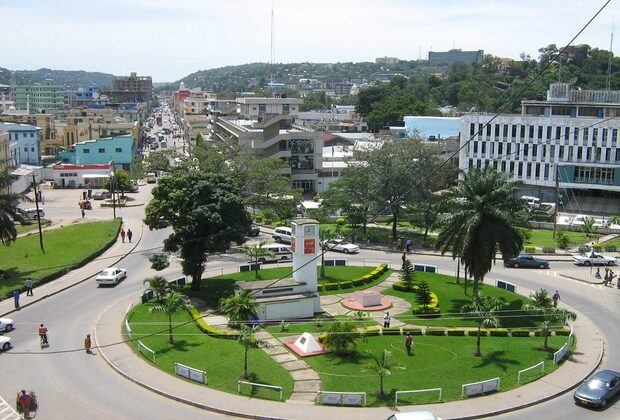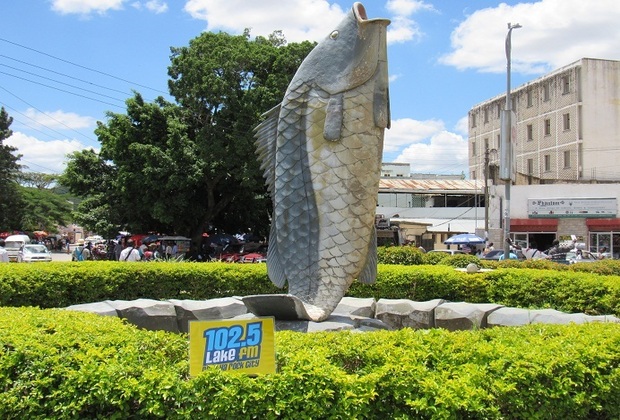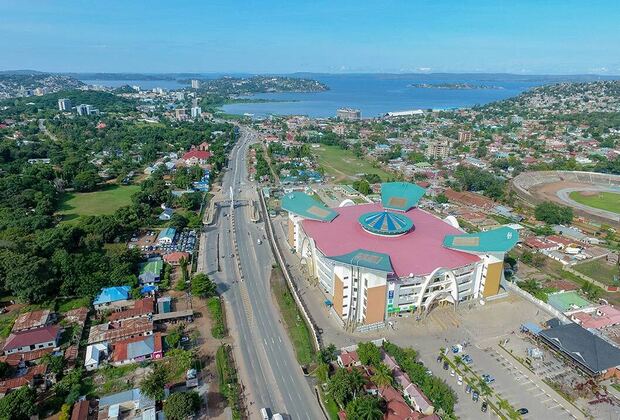Air Transport in:
Mwanza City is served with air transport daily. About 35 to 40 aircraft shuttle at the single airport located in the Ilemela district. The aircraft frequenting the airport include of those passenger airlines such as ATCL, Air Express, Precision Air, and hired shuttle planes to various destinations including Nairobi.
There are also Cargo aircraft landing at the airport weekly. The Cargo planes mainly come to carry fish fillets to Europe, the Middle East, and other places of the world.
Airport capacity:
The airports have a runway that can handle airplanes with weights of up to 180 tons. The airport has two main good runways. The first one with 3.3 km while the second has 3.0 km only. The big aircraft landing at the airport include Boeing 737. The airport is busy and it is planned soon to be upgraded to the status of an International Airport.
Road network
The City comprising of Nyamagana and Ilemela districts has 35.5 km of trunk roads, 132 km of regional roads, 695.5 km of district roads which makes a total of 861 km of the road network.
Existing tarmac roads radiating from the City are as follows:
- Mwanza – Kisesa (Musoma road ) – 17 km
- Mwanza – Nyashishi (Shinyanga road) – 19 km
- Mwanza – Airport (Airport road) – 10 km
Railway Transport
The City is at the railhead of the Mwanza – Dar es Salaam railway line receiving at least three passenger trains per week; leaving alone the continuous fleet of Cargo trains which are almost daily.
Marine Transport
The City is connected to Kenya and Uganda by Marine transport, which also connects it to the regional capitals of Bukoba and Musoma. It has two major ports; the South and the North ports owned by the Government parastatal organization known as National Ports Authority. The North Port is the passenger terminal, while the South port is the cargo terminal. It has ten ships/boats of which six are used to transport cargo and four are used for passengers and cargo




